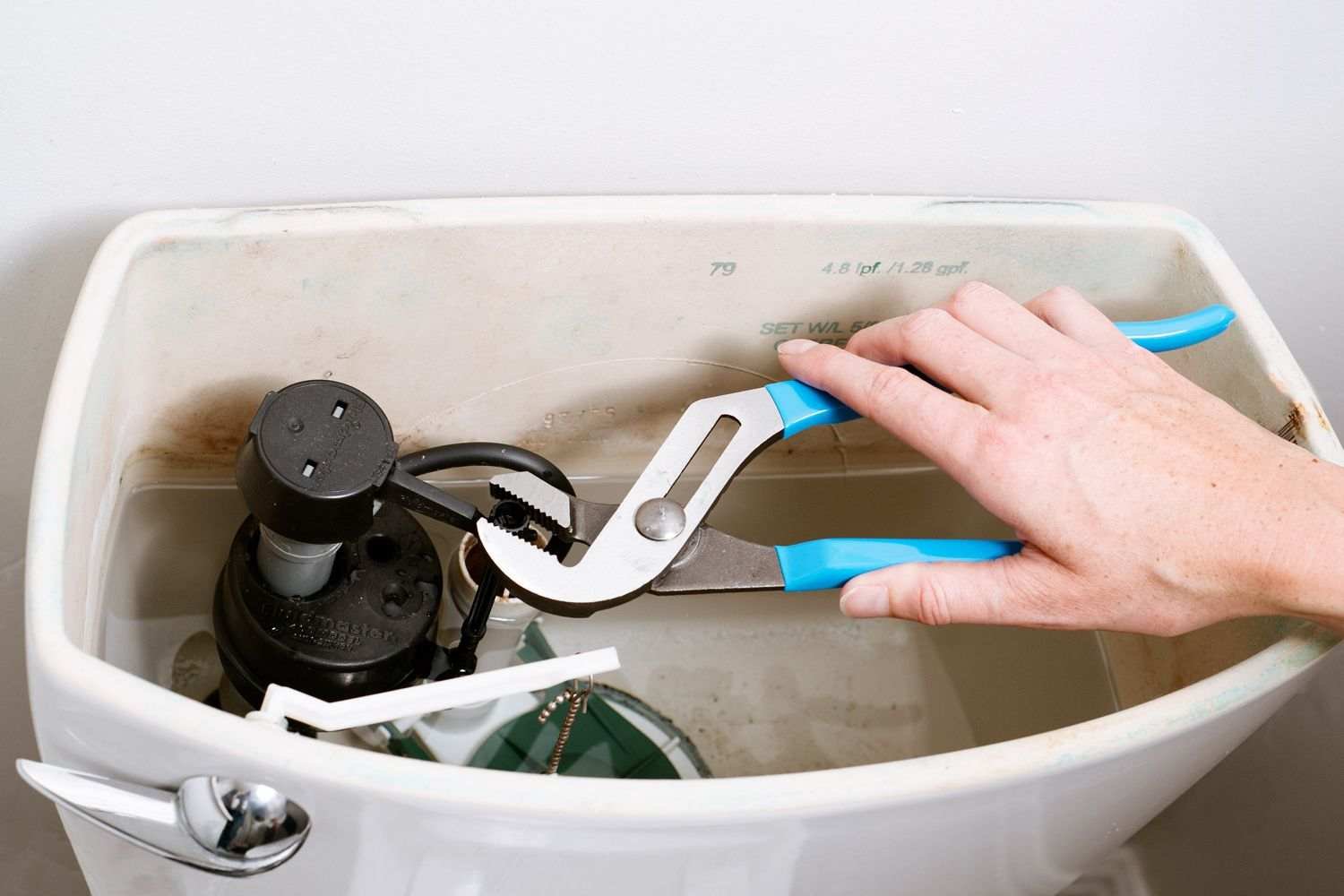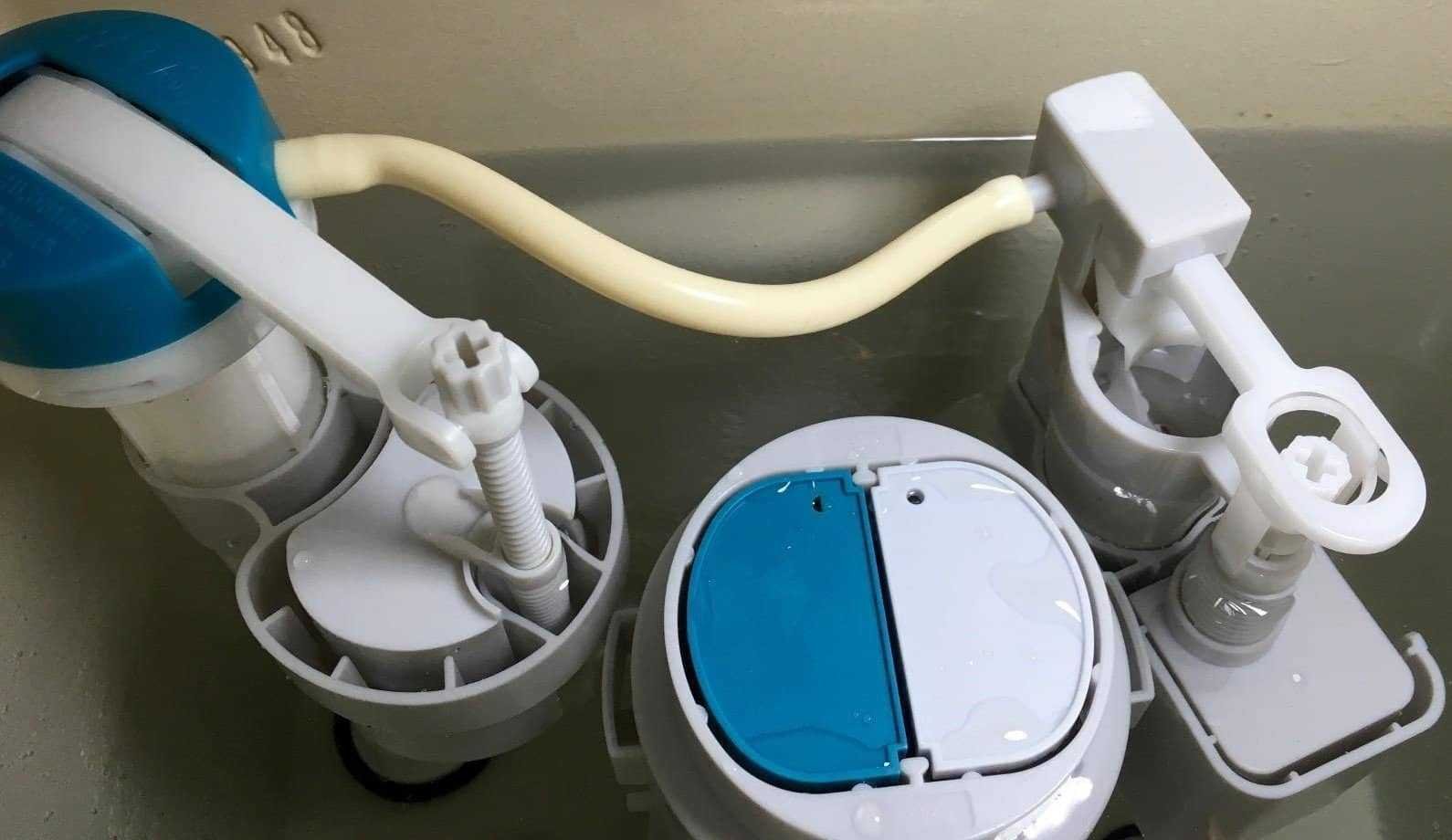If your toilet’s decided to do a marathon of constant running, it might need a bit of TLC. The Pro Plumbing team can help you out! First off, pop the lid and take a peek. Is the flapper sealing properly? If not, it might be time for a replacement. Then, check the fill valve and float to ensure they’re in good shape and adjusted correctly. If all else fails, give The Pro Plumbing a call for expert assistance in stopping that relentless running!
Diagnosing the Issue
Diagnosing a running toilet involves checking the flapper, fill valve, float, and water level. If DIY efforts don’t resolve the issue, it’s best to seek professional plumbing services. Experienced plumbers can accurately diagnose the problem, whether it’s a faulty flapper, a misadjusted float, or a damaged fill valve, and provide efficient repairs. Hiring a plumber ensures that the underlying cause is addressed effectively, preventing water wastage and potential damage to your toilet.
Before diving into repairs, let’s diagnose why your toilet is running non-stop. There are several potential culprits:
Faulty Flapper:
The flapper is a rubber seal at the bottom of the tank that controls water flow into the bowl. If it’s worn out or misaligned, water will continuously leak into the bowl, causing the tank to constantly refill.
Incorrect Float Adjustment:
The float is the mechanism that regulates the water level in the tank. If it’s set too high, water will overflow into the overflow tube, leading to a continuous running cycle.
Issues with Fill Valve:
The fill valve is responsible for refilling the tank after each flush. If it’s malfunctioning or damaged, it may not shut off properly, leading to continuous filling and running.
Water Level Adjustment:
Sometimes, the water level in the tank is set too high, causing water to spill into the overflow tube and triggering the fill valve to keep refilling.
Step-by-Step Troubleshooting
When troubleshooting a running toilet, start by inspecting the flapper, fill valve, float, and water level. If issues persist, consider professional drain cleaning services. Clogged drains can contribute to toilet problems by causing slow flushing or incomplete tank refills. Professional plumbers equipped with drain cleaning expertise can clear any obstructions, ensuring optimal toilet performance. Combining toilet troubleshooting with drain cleaning services can resolve underlying issues comprehensively, promoting efficient water usage and preventing future plumbing problems.
Let’s roll up our sleeves and tackle each potential issue step by step:
1. Check the Flapper
Turn off the Water: Locate the shut-off valve behind the toilet and turn it clockwise to shut off the water supply.
Remove the Tank Lid:
Carefully lift off the tank lid and set it aside in a safe place.
Inspect the Flapper:

Check the flapper for wear and tear, misalignment, or debris. If it’s damaged or dirty, it won’t seal properly, causing water to leak into the bowl.
Clean or Replace the Flapper:
If the flapper is dirty, clean it thoroughly with water and a mild detergent. If it’s damaged or misaligned, it’s best to replace it with a new one. Flappers are inexpensive and readily available at hardware stores.
Reassemble and Test:
Once the flapper is cleaned or replaced, reassemble everything, turn on the water supply, and flush the toilet to see if the issue is resolved.
2. Check the Float Adjustment
Identify the Float: The float is usually a ball or cup attached to a rod or arm. It’s located either on the fill valve or connected to it via an arm.
Adjust the Float:
If the float is set too high, it will allow water to overflow into the overflow tube. Gently bend the float arm downward to lower the water level in the tank. You want the water level to be about half an inch below the top of the overflow tube.
Test the Adjustment:
Turn on the water supply and let the tank fill. Flush the toilet and observe if the water stops filling at the correct level. Make further adjustments if needed until the water level is correct.
3. Check the Fill Valve
Inspect the Fill Valve:
The fill valve is typically located on the left side of the tank. Check for any visible signs of damage, leaks, or debris blocking the valve.
Clean or Replace the Fill Valve:
If the fill valve is dirty or damaged, clean it thoroughly or replace it with a new one. Follow the manufacturer’s instructions for proper installation.
Test the Fill Valve:
Turn on the water supply and observe the fill valve in action. It should shut off completely once the water reaches the correct level in the tank.
4. Adjust the Water Level

Locate the Water Level Adjustment Screw: The water level adjustment screw is usually located on top of the fill valve. It allows you to adjust the water level in the tank.
Turn the Screw:
Use a screwdriver to turn the adjustment screw clockwise to lower the water level or counterclockwise to raise it. The ideal water level should be about half an inch below the top of the overflow tube.
Test the Adjustment:
Turn on the water supply and let the tank fill. Flush the toilet and observe if the water stops filling at the correct level. Make further adjustments if needed until the water level is correct.
Tips for Maintenance and Prevention
Regular maintenance is crucial for preventing common plumbing issues. Inspect your plumbing regularly for leaks, drips, or unusual sounds. Keep drains clear of debris and avoid flushing non-flushable items to prevent clogs. Here are the top 10 common plumbing issues and their remedies: Leaky Faucets (replace worn-out washers or seals), Clogged Drains (use a plunger or plumbing snake), Running Toilets (check and replace faulty flappers or fill valves), Low Water Pressure (clean aerators or check for leaks), Leaking Pipes (seal or replace damaged pipes), Dripping Shower Heads (clean or replace the showerhead), Water Heater Issues (flush the tank), Garbage Disposal Problems (avoid putting non-food items down), Frozen Pipes (thaw carefully and insulate), Sewer Line Blockages (use professional plumbing services). These preventative measures and remedies can save you from major plumbing headaches and ensure your plumbing system operates smoothly.
Once you’ve resolved the issue and your toilet is no longer running continuously, here are some tips to keep it in good working condition:
Regular Inspections:
Periodically check the flapper, float, fill valve, and water level to ensure everything is functioning correctly.
Cleanliness:
Keep the inside of the tank clean to prevent debris from affecting the mechanisms.
Prompt Repairs:
If you notice any leaks, running water, or unusual sounds, address them promptly to prevent further damage and water wastage.
Water-Saving Devices:
Consider installing water-saving devices such as low-flow toilets, dual-flush mechanisms, or adjustable fill valves to reduce water usage.
Professional Maintenance:
Schedule annual plumbing inspections and maintenance by a qualified plumber to catch any potential issues early on.
When to Call a Professional
While many toilet issues can be fixed with DIY troubleshooting and repairs, there are times when it’s best to call in a professional plumber, especially if:
- You’re unsure about how to diagnose or fix the problem.
- DIY attempts haven’t resolved the issue.
- There are signs of more significant plumbing issues, such as leaks, water damage, or unusual noises.
A professional plumber has the expertise, tools, and experience to diagnose and fix complex toilet problems efficiently and effectively.
FAQs
How to fix a toilet that continuously runs?
To fix a toilet that continuously runs, start by checking the flapper for any signs of damage or misalignment. If the flapper is worn out, dirty, or not sealing properly, clean it thoroughly or replace it with a new one. Additionally, ensure that the float is adjusted correctly and that the fill valve is functioning properly to stop the continuous running cycle.
What does it mean when your toilet runs a lot?
When your toilet runs a lot, it typically indicates a problem with the internal mechanisms such as the flapper, fill valve, or float. The constant running suggests that water is continuously leaking from the tank into the bowl or that the fill valve is not shutting off properly. Addressing these issues promptly can help prevent water wastage and potential damage to your toilet.
Why do I keep running to the toilet?
Frequent trips to the toilet can be caused by various factors such as increased fluid intake, dietary habits, medications, or underlying health conditions like urinary tract infections, diabetes, or overactive bladder. It’s essential to observe patterns, monitor symptoms, stay hydrated, and consult a healthcare professional for proper evaluation and guidance if the issue persists or worsens.
Is it OK to leave a toilet running?
Leaving a toilet running continuously is not okay for several reasons:
Water Wastage: It leads to unnecessary water wastage, which is not environmentally friendly and can inflate your water bills.
Potential Damage: Continuous running can indicate underlying issues with the toilet’s mechanisms, such as the flapper or fill valve, which can worsen over time and cause damage.
Inconvenience: A constantly running toilet can be annoying and inconvenient, disrupting your peace and potentially causing further issues if not addressed promptly.
It’s best to address the root cause of the running toilet to save water, prevent damage, and ensure everything is functioning as it should.
What happens if a toilet runs all night?
If a toilet runs all night, it can waste a significant amount of water, impacting your utility bills and the environment. Additionally, continuous running can put strain on the toilet’s internal components, leading to potential damage and the need for costly repairs. Addressing a running toilet promptly can prevent these issues and ensure efficient water usage.
Wrapping Up
Dealing with a constantly running toilet can be frustrating, but with a bit of know-how and troubleshooting, you can often resolve the issue on your own. Remember to start with the basics, such as checking the flapper, float, fill valve, and water level, before moving on to more advanced repairs or calling in professional help. With a well-maintained toilet, you’ll not only save water but also prevent potential plumbing headaches down the line.





